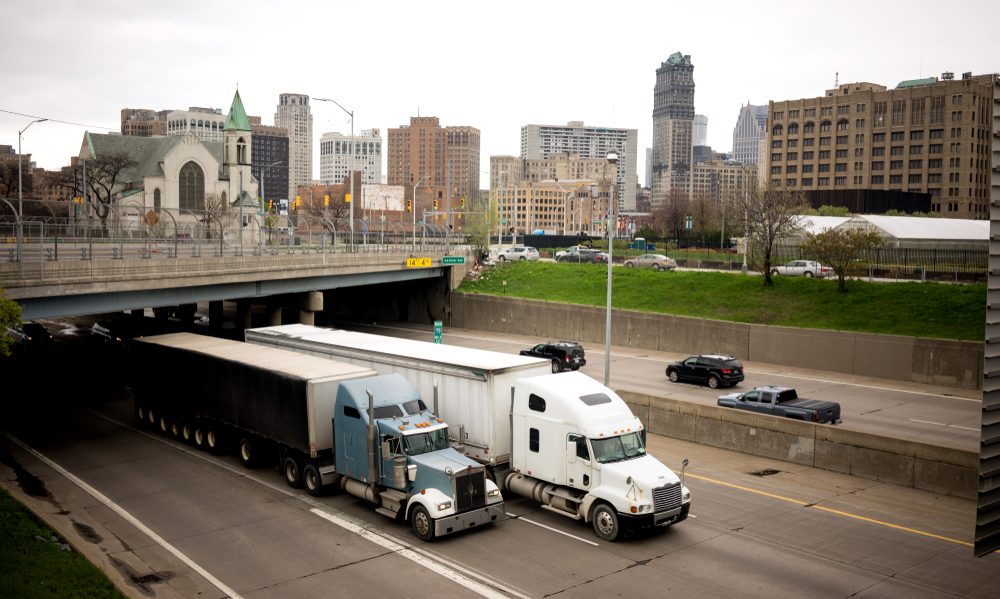
The Biden Administration recently proposed new emissions regulations that would lead to further cost increases across the trucking industry and likely spike inflation.
“This new standard simply may not be technologically feasible,” Truck and Engine Manufacturers Association president Jed Mandel reportedly said. “We’re worried about the cost. There is a potential of adverse impacts on the economy and jobs. Nobody wants to see union jobs laid off. Regular lunch-pail, blue-collar workers.”
The U.S. Environmental Protection Agency (EPA) plans to target heavy-duty commercial vehicle engine manufacturers, forcing them to design models that lower nitrogen-oxide emissions. Impacted vehicles would include tractor-trailers, as well as local delivery trucks, cement mixers, and trash disposal models, among others.
EPA officials have reportedly gone on the record indicating the regulations are ambitious. They would take effect model year 2027 and additionally mandate improved exhaust systems for diesel-powered semis. The Biden Administration touts the benefits of reduced smog and risk of lung ailments such as asthma.
“These new standards will drastically cut dangerous pollution by harnessing recent advancements in vehicle technologies from across the trucking industry as it advances toward a zero-emissions transportation future,” EPA Administrator Michael Regan reportedly said.
The heightened rules would reduce nitrogen-oxide emissions from heavy-duty trucks by upwards of 60 percent by 2045, according to EPA reports. The Truck and Engine Manufacturers Association reportedly indicated that engines made after 2010 emit approximately 30 percent fewer harmful emissions. At a time when the country is experiencing runaway inflation, ramping up costs may be the equivalent of throwing gas on a wildfire.
Truck engine manufacturers are expected to sustain cost increases upwards of $31 billion by 2045. Price hikes of at least 2 percent per tractor are expected to be passed along to buyers. Those hikes would continue up the supply chain, impacting the budgets of working families.
The newly-proposed federal regulations mirror those passed in California. Truckers and fleet owners incur increased costs upwards of $7,000 per semi to comply with state-imposed rules. Trucking industry officials estimate the cost of federally-mandated regulations could raise the price tag on commercial motor vehicles by as much as $21,000 for 2027 models.
“In a perfect world, these technologies would become more affordable and reliable, but I’m very skeptical that we are at that point,” Jay Grimes, director of federal affairs at the Owner-Operator Independent Drivers Association, reportedly said.
The U.S Transportation Department recently announced it would provide $1.5 billion in funding for 2022 to support state and local governments’ purchases of electric transit buses and low-emission models. The DOT also announced $2.2 billion in funding to 35 transit agencies across 18 states. California offers tax incentives of up to $120,000 to offset the purchase of electric semi-trucks. The Biden Administration has not indicated tax credits to offset the expected price hikes.
Sources: autonews.com, wsj.com, reuters.com, nytimes.com











What comes out of a truck is cleaner then the air that goes into it, this is BS